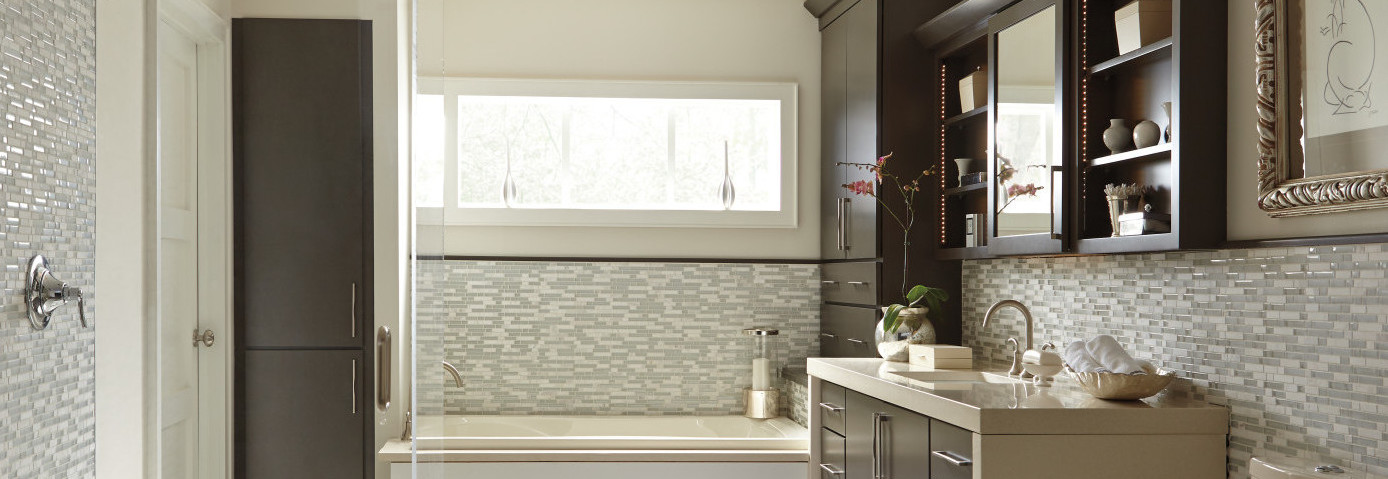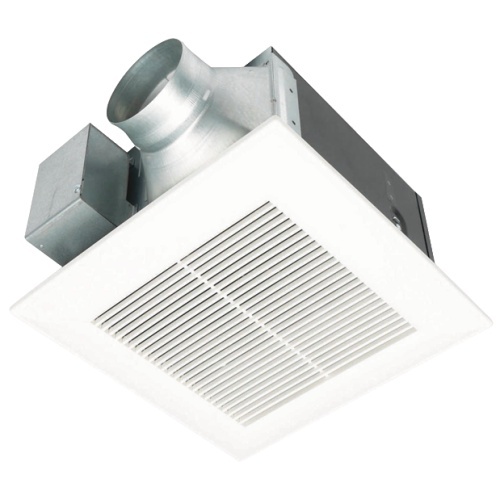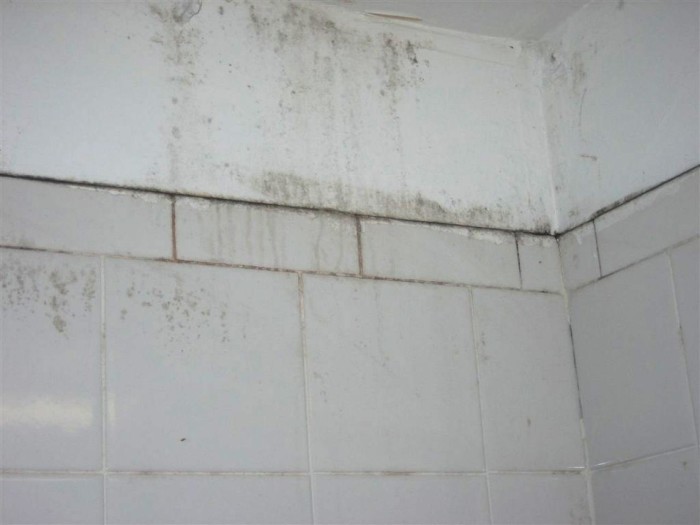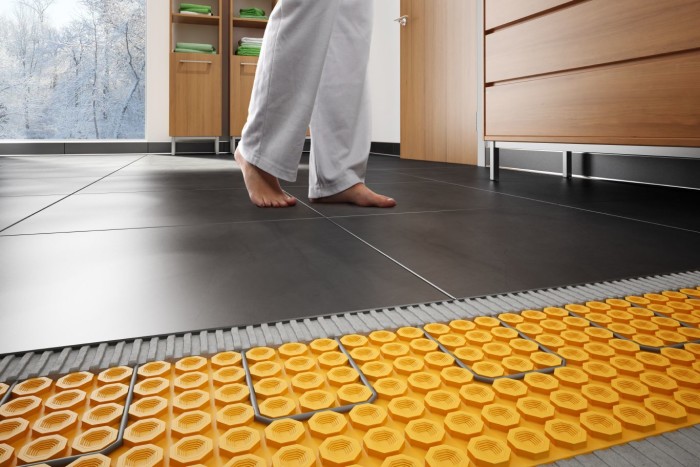
Mold, mildew, moisture and pollution…these are not things you want in your home and especially not in the bathroom. When it comes to air quality, the truth is that the air inside your home is often worse than it is outside due to poor ventilation. Poor ventilation not only causes harmful mold and mildew to build up in your home, but it can also damage bathroom floors, walls, and other structures. This puts your floors at risk of collapsing, and toilets and other fixtures at risk of coming loose and leaking.
The best way to know if your bathroom is properly ventilated is to look for a few tell-tale signs: condensation on windows, mold or mildew buildup on ceilings, and a musty-smelling shower or lingering odors. If you have noticed any of these in your bathroom, you likely have poor ventilation. To help improve your home’s air quality, we have a few tips for you.
First, make sure you have a great exhaust fan. When activated, the fan pulls air and moisture out of the bathroom area and ejects it outside through ventilation pipes. This effectively removes moisture and helps keep the bathroom area dry. If your fan is as old as your home, it’s likely time to upgrade it (unless your home is brand new). Many building codes require a proper exhaust fan in bathrooms anyway, so it’s never a bad idea to have them installed. The technology for exhaust fans has come a long way in the last few years, and we can tell you first-hand that a new one is definitely worth the investment. Since no one likes a noisy fan, most exhaust fans now are whisper quiet (there’s even a fan called WhisperCeiling™ by Panasonic that we install quite often) so you don’t hear a thing when they are turned on.

The most important aspect of setting up an exhaust fan is making sure it is installed correctly. Some contractors will incorrectly set the fan to ventilate into the attic, which was a common practice years ago before the codes changed. This is now seen as taboo because it causes mold buildup in the attic and walls surrounding the bathroom (see photo below).

It’s also important to make sure you are running your exhaust fan regularly, especially following a shower to make sure the moisture does not begin to build up. Motion sensors or fan timers can help you keep your bathroom ventilated regularly in case you have a tendency to forget to turn it on.
In addition to running your exhaust fans regularly, a great way to ventilate is to open the windows in or near the bathroom to help dry it out. If your bathroom doesn’t have windows, consider adding at least one if the space allows. If you’re worried about privacy, windows with obscure or opaque glass can serve the purpose of ventilation without compromising privacy.
Floor heating also acts as a drying method for floors, so if you were already considering that as part of your bathroom remodel, just know that it serves many purposes.

Are you experiencing ventilation issues in your bathroom? You may need to speak with a bathroom remodeling expert to make sure your bathroom is properly configured and all ventilation options are properly installed and functioning correctly. Call us today to schedule a consultation!
